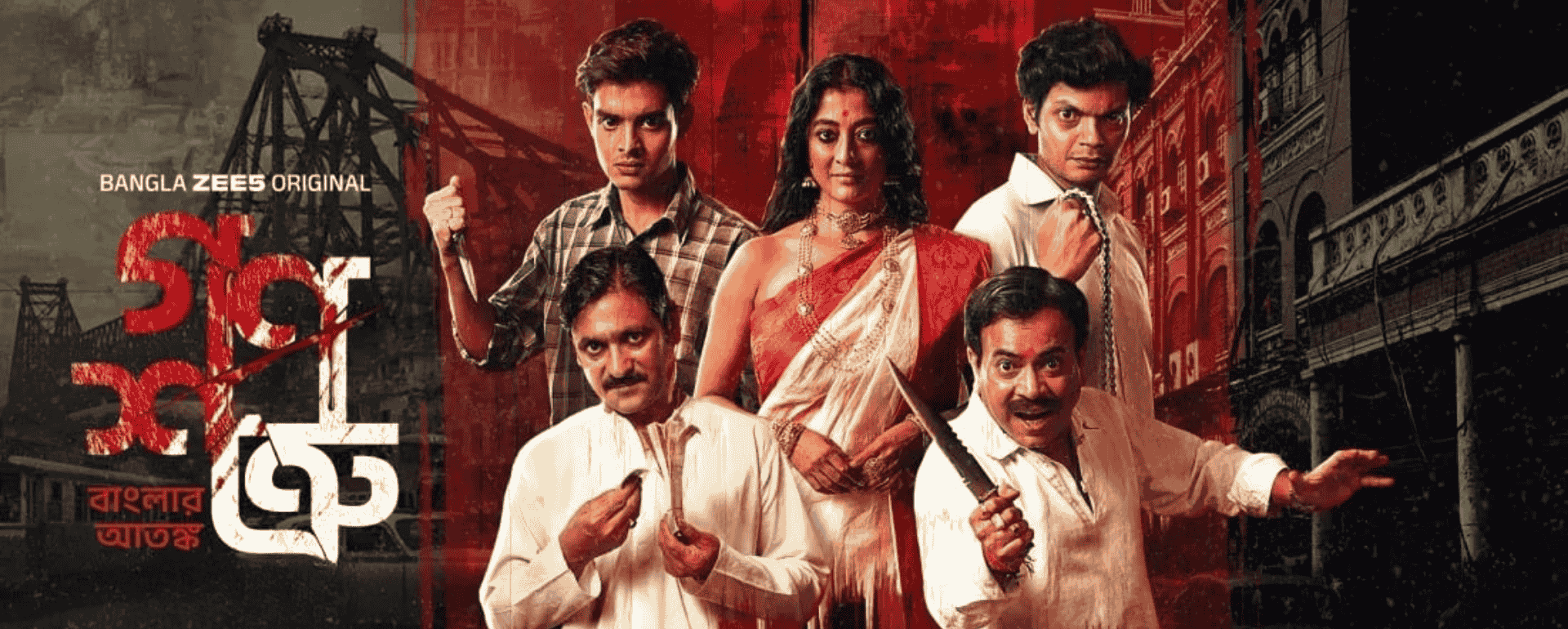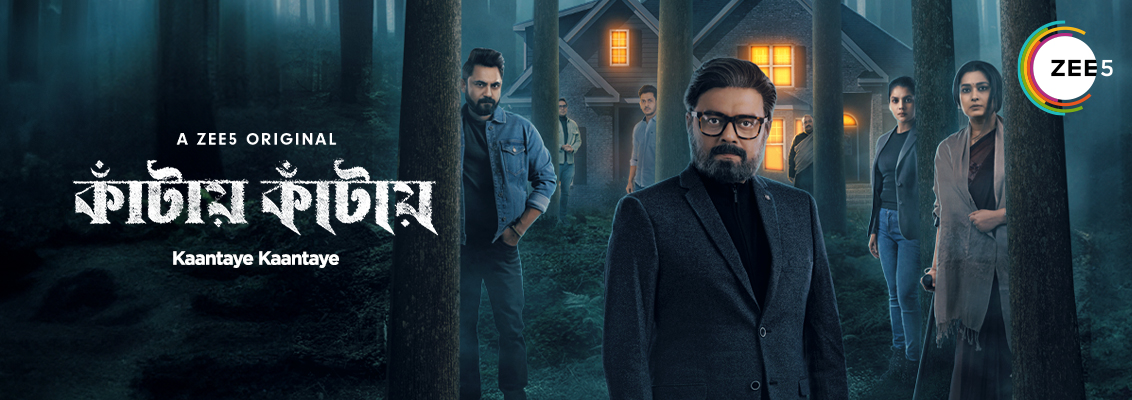“Ganoshotru” is here, and it wastes no time. Five case files, five infamous names from Bengal’s crime history, and a format that privileges chronology over theatrics. Each episode reconstructs a life, a method, and the social weather that let these figures loom so large. It’s investigative in spirit and cinematic in craft—built for viewers who want facts, context, and clean storytelling beats rather than shock cuts.
Start with the Ganoshotru web series to stream all five episodes, then keep your queue fresh via our Web Series hub and genre shelves for Thriller and Crime—your single hop to similar long-form storytelling on the platform. (Linking once, to keep things tidy.)
What’s New Now That “Ganoshotru” Has Been Released
All five episodes came out on October 31, 2025. You hear the Bengali sound and read English text for watchers in different regions. The series page puts everything out early—episode names, time lengths, and which people play which parts—so you can start anywhere or follow the story order. Crime, Thriller, and Documentary tag this whole show. That fits what you see: careful, step-focused reconstruction using interviews, dates, and facts someone verified.
Episode-by-Episode Snapshot
E1 — Sajal Barui (31m): A chilling opener centred on the 1993 case that rattled Kolkata. The episode focuses on sequencing and pursuit—how a teenager’s brutality intersected with investigative blind spots before the net finally closed. Ayush Das leads the reconstruction.
E2 — Chainman (34m): The Kamruzzaman Sarkar chapter is built around pattern and repetition—victimology, M.O., and the institutional patience required to trace a signature across incidents. Debopriyo Mukherjee carries the part with restraint, letting the evidence do the talking.
E3 — Troilokya (39m): A period study that leans into psychology and social fault lines more than spectacle. Paoli Dam’s Troilokya Devi reads like a case note turned into a character: careful, calculating, never romanticised. The longest of the five, and purposefully so.
E4 — Rashid Khan (31m): A look at influence and intimidation rendered without melodrama. Subrat Dutta gives the chapter a steely stillness; the cut leaves room for dates, places, and names to settle.
E5 — Hubba Shyamal (33m): Charisma as camouflage, myth as cover. Rudranil Ghosh holds the balance between public swagger and private menace, while the episode keeps the camera pointed at the consequences.
The Cast: Reconstruction Over Performance
The Bengali web series works because the actors treat these figures as subjects, not roles. The mapping is clear on the listing: Ayush Das (Sajal Barui), Debopriyo Mukherjee (Kamruzzaman “Chainman” Sarkar), Subrat Dutta (Rashid Khan), Paoli Dam (Troilokya Devi), Rudranil Ghosh (Hubba Shyamal). No one chases showy beats or villain iconography; the choices stay small—gaze, cadence, a pause that lets a date stamp land—so the record remains front and centre.
Five Directors, One Research Spine
Anthologies often wobble; this one doesn’t, largely because the directors share a documents-first playbook. The bench—Shamik Roy Chowdhury, Abhirup Ghosh, Modhura Palit, Sayan Dasgupta, Srimanta Sengupta—keeps a single visual language across episodes: eye-level framing, spare sound, and edits that leave space for exhibits and testimony. The continuity is felt more than announced, which is the point.
Why This True-Crime Format Lands
Method over mayhem. The show treats “serial” as a hypothesis you need to prove through recurrence and evidence, not as a shortcut to shock. When you watch “Chainman,” for instance, the pattern is the protagonist—the camera simply stays with the investigators as they test and retest the loop. Language matters, too. Bengali isn’t an aesthetic choice here; it preserves the exact weight of threats, bargains, and evasions. Subtitles carry the legal and street vocabulary without sandpapering it down for comfort.
No glorification. These aren’t origin stories; they’re case files with performance as annotation. The episodes remain attentive to the trail—FIRs, witness statements, the small administrative hinges that open or block progress—so you come away with a map, not just an emotion.
Where To Start If You’re New
Two easy paths:
-
Straight through, E1 to E5. You’ll feel the show’s rhythm tighten as it walks from a headline case (Sajal Barui) to charisma-driven menace (Hubba Shyamal). Timings are compact—31 to 39 minutes—so a single sitting isn’t a stretch.
-
Pick by interest. History buffs tend to begin with Troilokya; those curious about investigative patterning often start with Chainman. Either way, the episodes are self-contained, so you won’t lose context by hopping around.
How It’s Built To Be Watched
“Ganoshotru” is a rare true-crime series that rewards note-taking without demanding it. The episodes are short, the scene grammar is disciplined, and the case summaries never get ahead of the evidence. If you like docu-drama that behaves like a meticulously edited long-read, this fits. Hit play, let the dates and names collect, and pause when you need to. The structure won’t punish you for breathing between chapters.
Final Word (and Your Next Click)
The win here is clarity. Five chapters, five notorious names, one through-line of accountability. If you’ve been waiting for a Bengali true-crime series that respects your time and curiosity, Ganoshotru does both—cleanly, completely, and without spectacle.
Stream all five episodes of Ganoshotru now on ZEE5.
Bio of Author: Gayatri Tiwari is an experienced digital strategist and entertainment writer, bringing 20+ years of content expertise to one of India’s largest OTT platforms. She blends industry insight with a passion for cinema to deliver engaging, trustworthy perspectives on movies, TV shows and web series.




